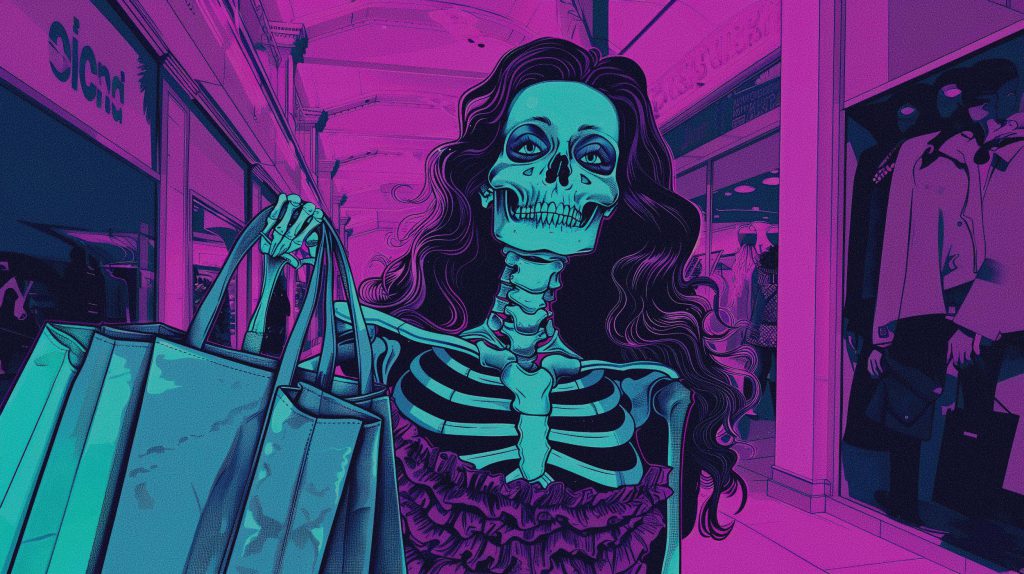In today’s fast-moving, project-based economy, freelance talent has become the go-to solution for businesses looking for agility, cost-efficiency, and specialized skills on demand. Platforms like Upwork, Fiverr, and LinkedIn have made it easier than ever to access a global pool of creatives—from copywriters and designers to developers and video editors. But while the freelance economy offers undeniable advantages, it also comes with significant risks, especially when it comes to reliability, consistency, and long-term value. As a marketing professional who’s hired dozens of freelancers over the years, I’ve seen both the magic and the mayhem. Let’s unpack the benefits, the pitfalls, and how businesses can navigate this evolving landscape.
The Pros and Cons of Hiring Freelance Talent
The biggest perk of hiring freelance talent is flexibility. Need a landing page copywriter for a product launch next week? A freelance specialist can jump in, deliver the work, and be off your books the day after. This just-in-time model is ideal for companies that operate on lean budgets or are scaling fast. Freelancers also bring a fresh perspective—because they work across industries, they often bring insights and creative ideas that in-house teams might miss.
Another major benefit is cost-efficiency. Freelancers don’t require benefits, office space, or long-term commitments, which can significantly reduce overhead. They can also be hired on a per-project basis, which is ideal for startups or small businesses without the volume to justify a full-time hire. Plus, access to global talent means you can find world-class skills at competitive rates, depending on the region.
But there are real downsides. Freelancers are, by definition, independent. That means they may take on multiple clients, have shifting availability, or disappear mid-project if something better comes along. Quality can also be hit or miss—especially if you’re hiring based on price instead of portfolio. And the lack of institutional knowledge means you’re constantly onboarding someone new. For businesses that rely on consistency and brand voice, this can be a major liability.
Why Reliable Freelancers Are Hard to Find
Finding a reliable freelancer is like dating—you may have to go through a few duds before you find “the one.” The freelance market is bloated with talent, but not all of it is quality. Some freelancers oversell their skills or underdeliver on deadlines. Others ghost entirely when the work gets tough or they land a better gig. The challenge isn’t availability—it’s accountability.
Reliability is also difficult to gauge upfront. Portfolios can be polished, testimonials can be cherry-picked, and trial projects don’t always reflect long-term performance. Even freelancers with great reviews may not be great for your specific business needs. Every brand has its own voice, workflow, and expectations, and not every freelancer can adapt quickly or well. That’s especially true in creative roles, where subjective taste plays a major role.
Then there’s the issue of freelance burnout. Many talented freelancers are juggling multiple clients, working odd hours, and constantly hustling to find the next gig. This grind can lead to inconsistent performance, missed deadlines, and ultimately, ghosting. The gig economy doesn’t offer much in the way of stability or mental health support, and that instability often spills over into the client experience. It’s not that great freelancers don’t exist—it’s that the system doesn’t set them up for long-term success.
Challenges Freelancers Face and Business Solutions
Freelancing looks glamorous from the outside—freedom, flexibility, creative autonomy. But the reality is often far more grueling. Freelancers have to be their own marketers, project managers, accountants, and client service reps. There’s no guaranteed paycheck, no HR department, and no one to back them up when a client ghosts or scope creep spirals out of control. It’s no wonder many creatives burn out and return to the stability of a 9-5 job.
Isolation is another challenge. Freelancers often work alone, without the camaraderie or structure of a team environment. That isolation can stifle creativity and motivation. Add in the constant pressure to stay billable, and you’ve got a recipe for chronic stress. Many freelancers struggle to scale their business or grow their skills because they’re stuck in survival mode—juggling deadlines instead of investing in development.
So, what can businesses do to make freelance relationships more successful? Start by treating freelancers like partners, not vendors. Offer clear briefs, realistic timelines, and timely feedback. Build a bench of trusted freelancers who understand your brand and can grow with it. Use trial projects to test fit, and always have a backup plan. If you find someone reliable, pay them well and treat them with respect—it’s cheaper than churning through five mediocre ones. And if you’re hiring regularly, consider fractional roles or retainer models to create more stability for both sides.
The freelance economy isn’t going anywhere—it’s evolving. As businesses become more project-based and remote-friendly, freelancers will continue to play a critical role in creative execution. But tapping into freelance talent isn’t a silver bullet. It requires discernment, relationship-building, and a willingness to invest in people you don’t see every day. The companies that win in this new world aren’t just the ones who find the cheapest freelancer—they’re the ones who build systems that support great freelance work. And that starts with understanding both the potential and the pitfalls.































